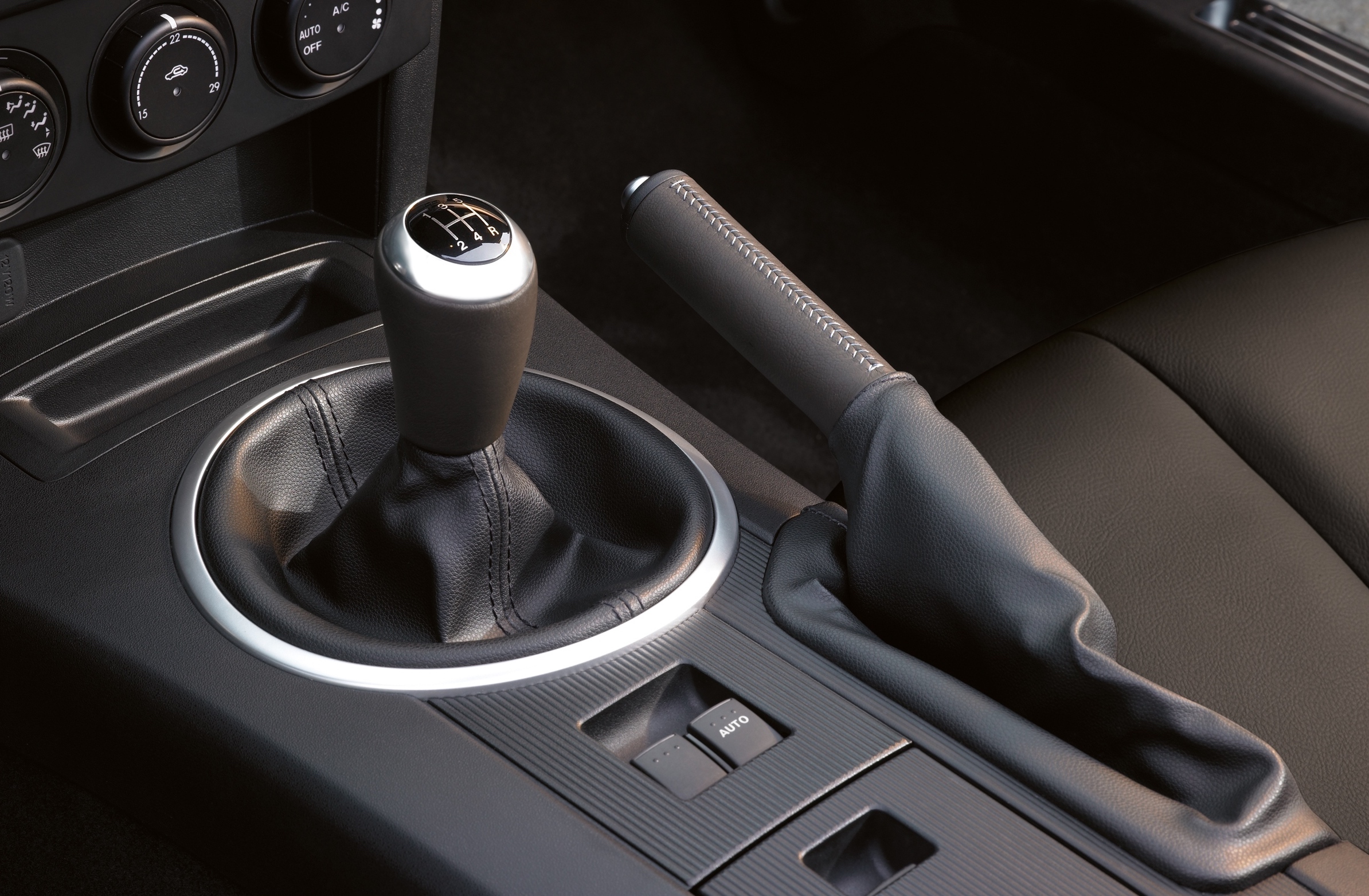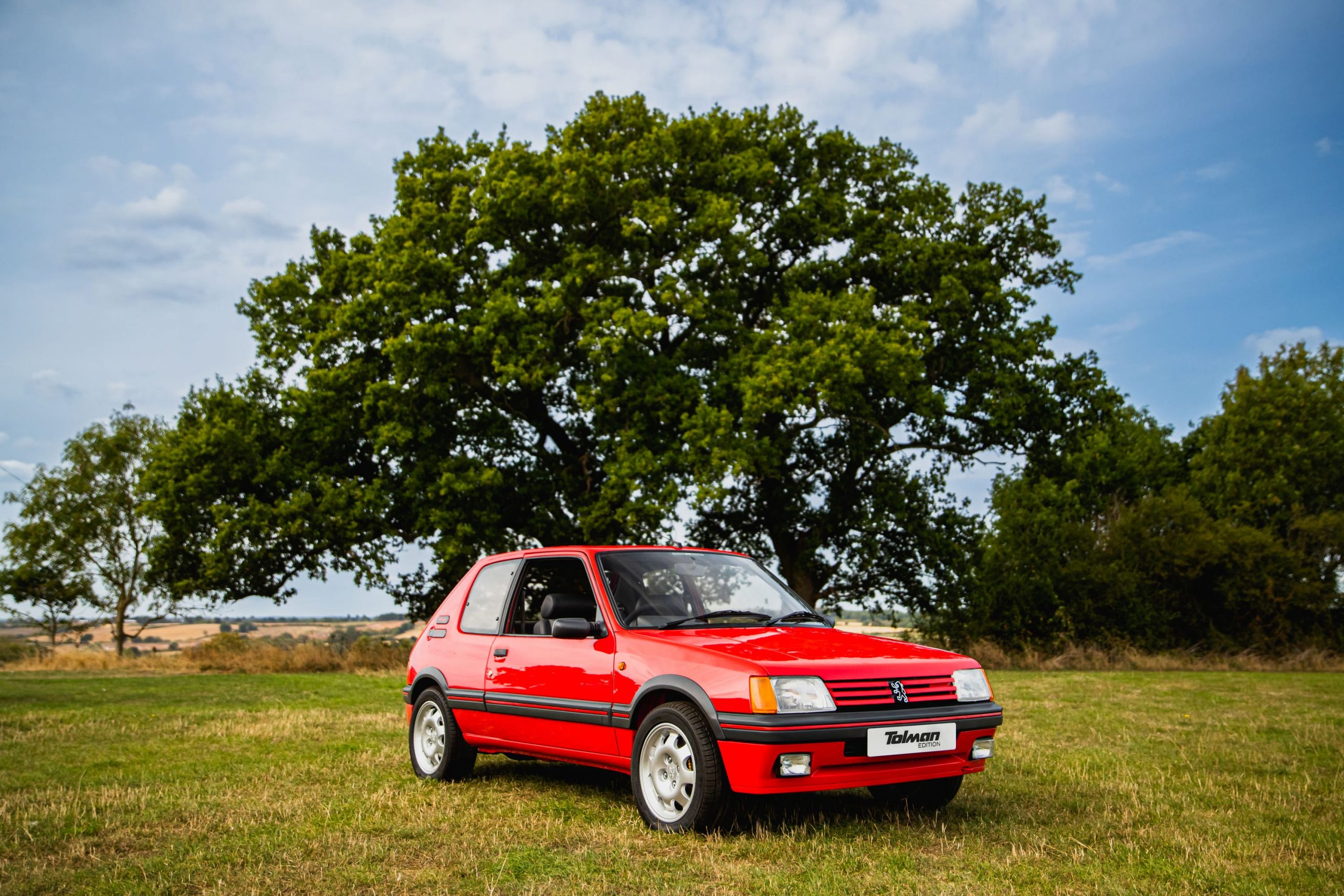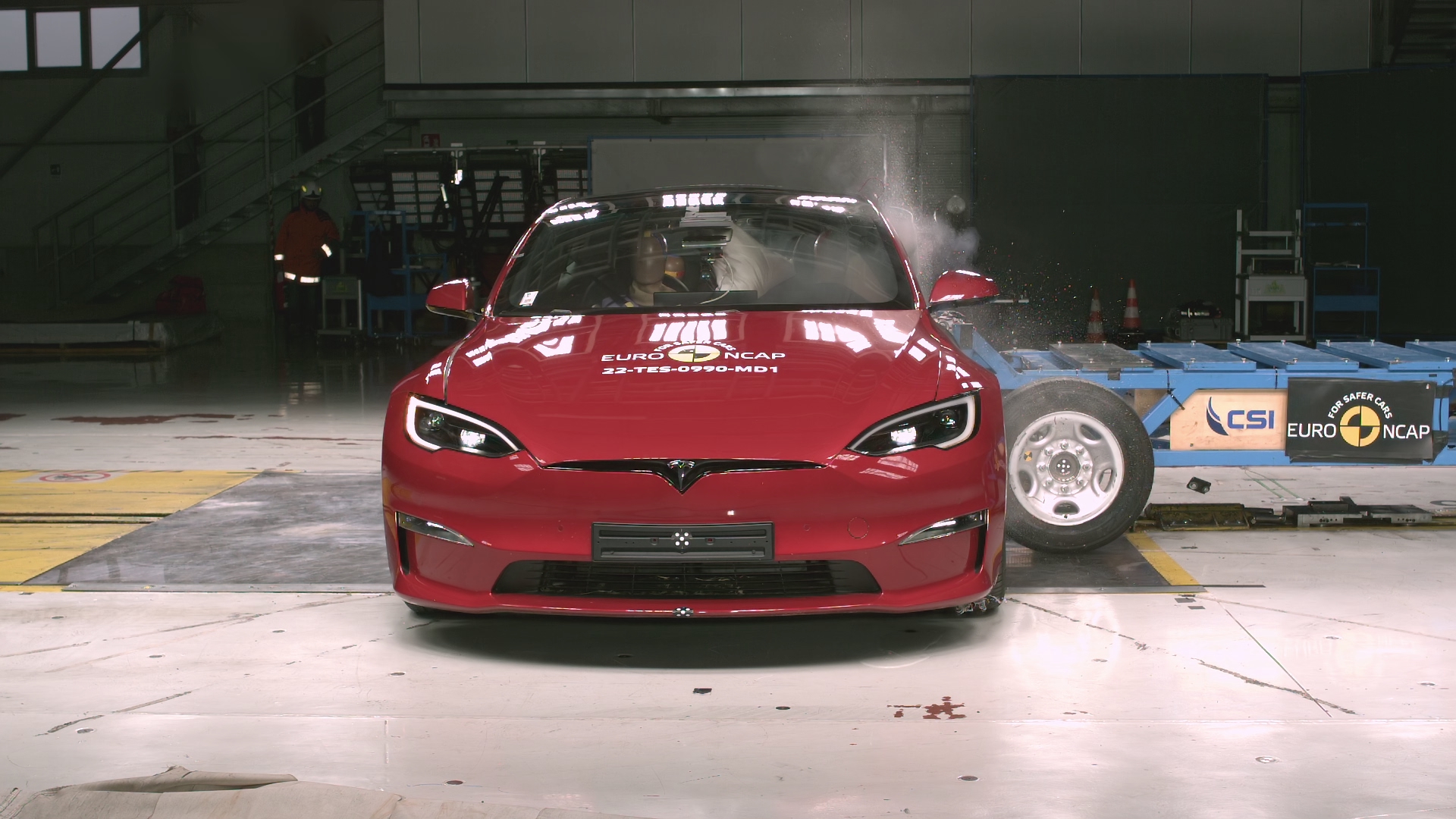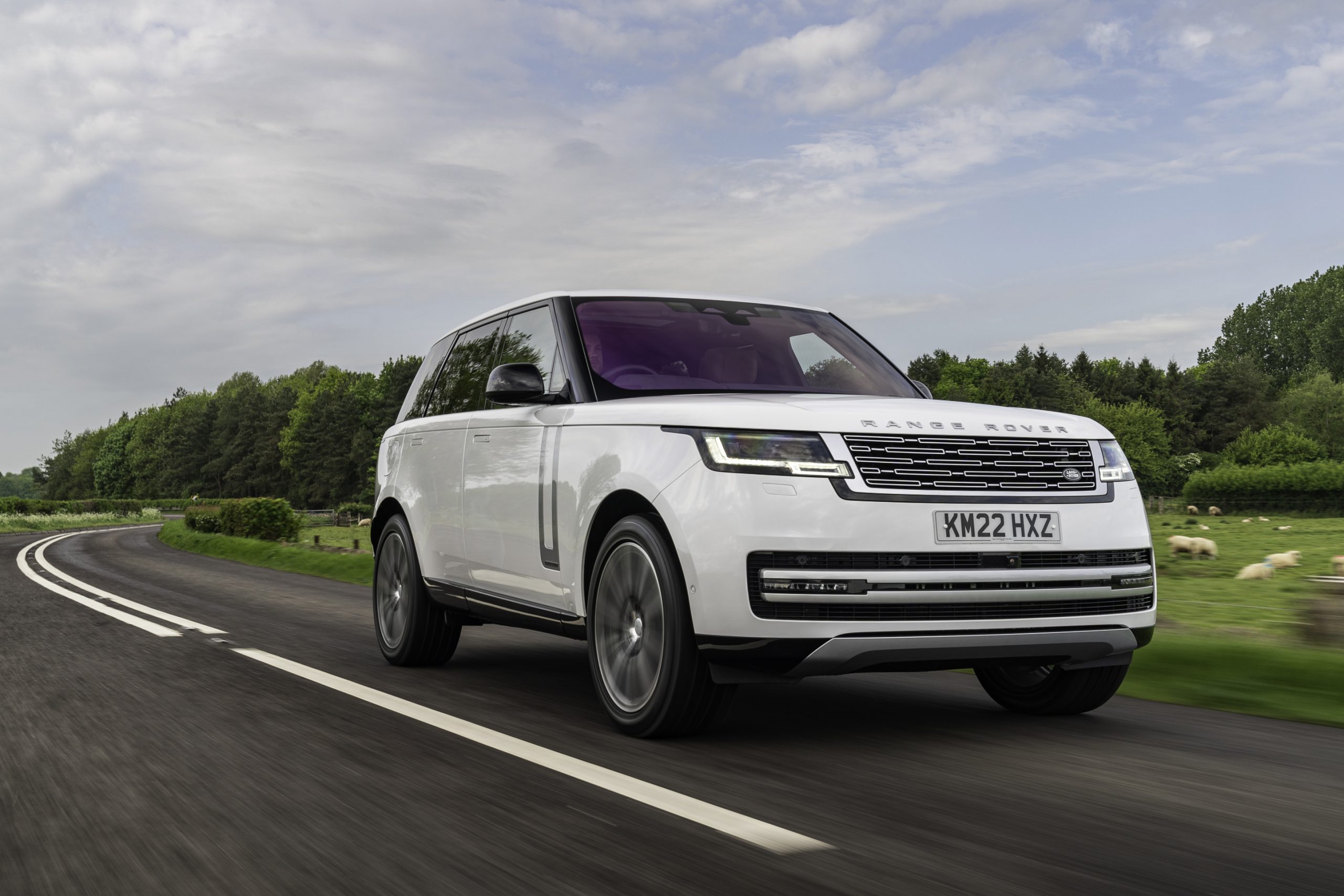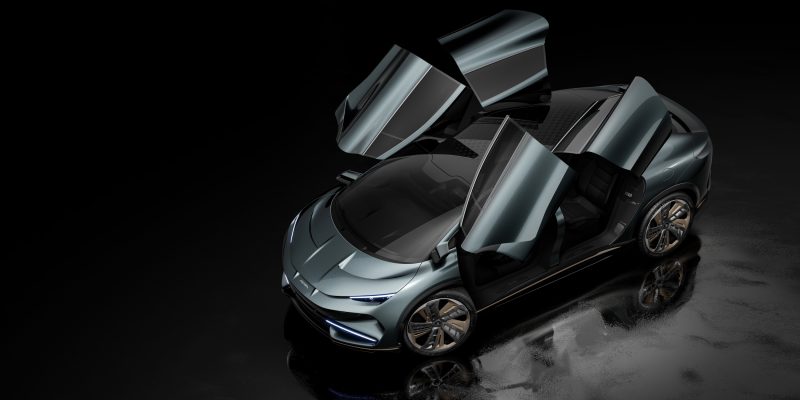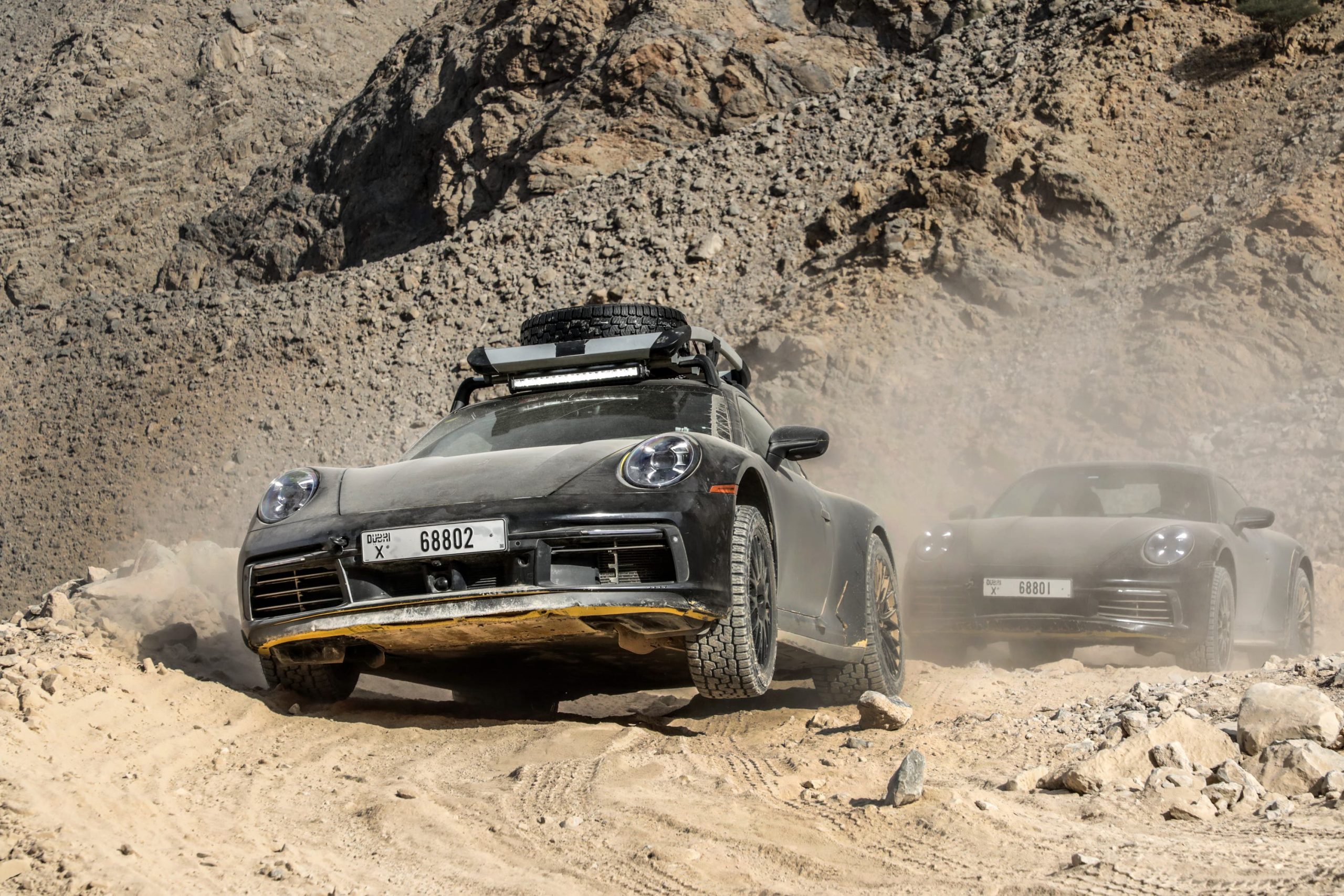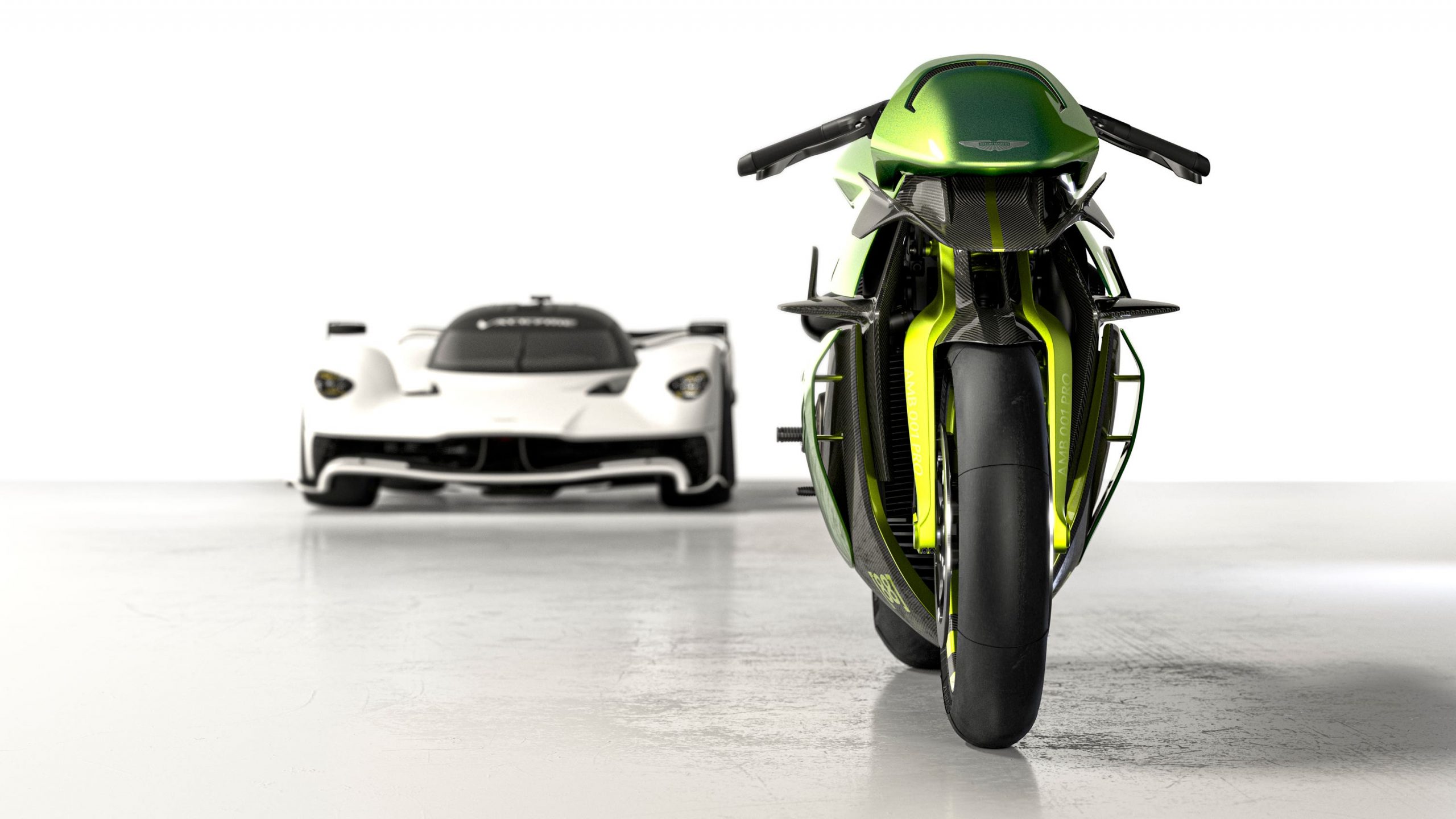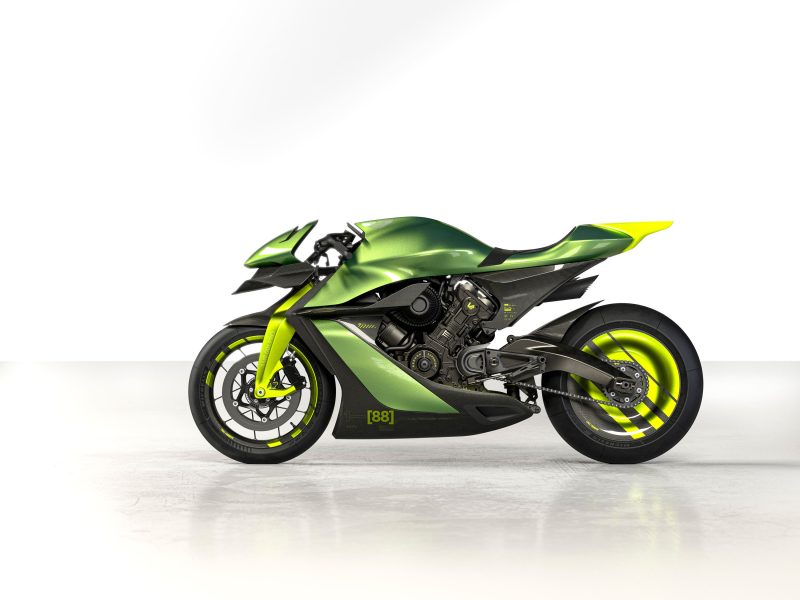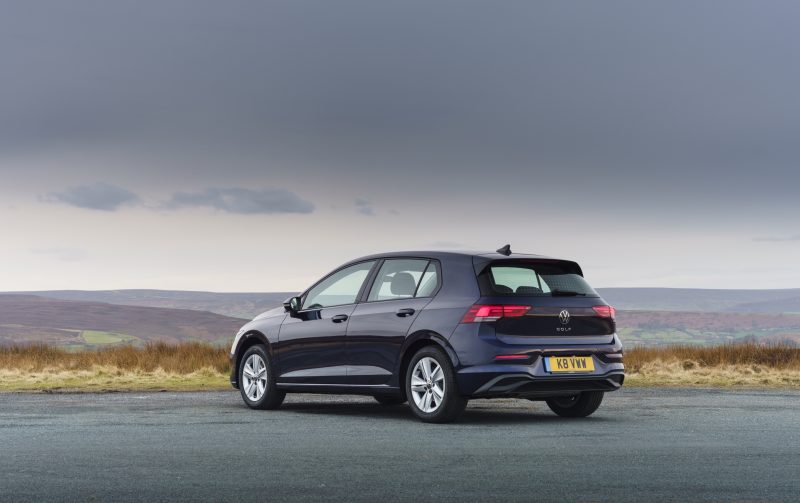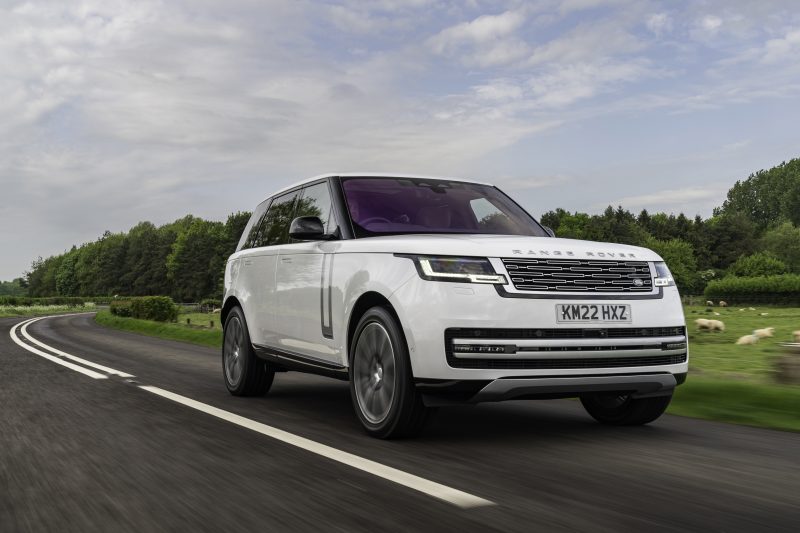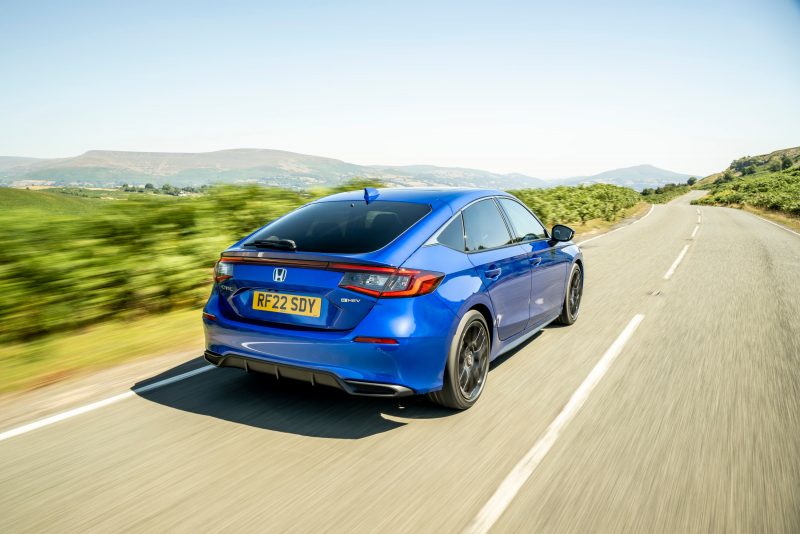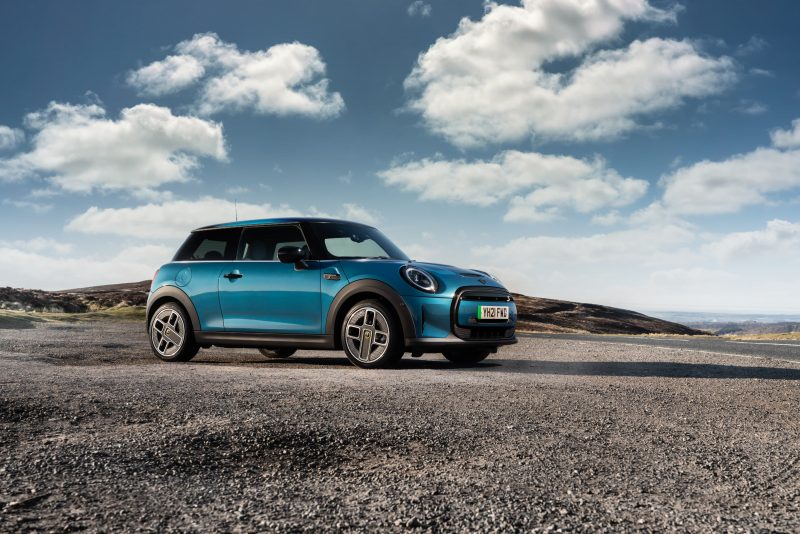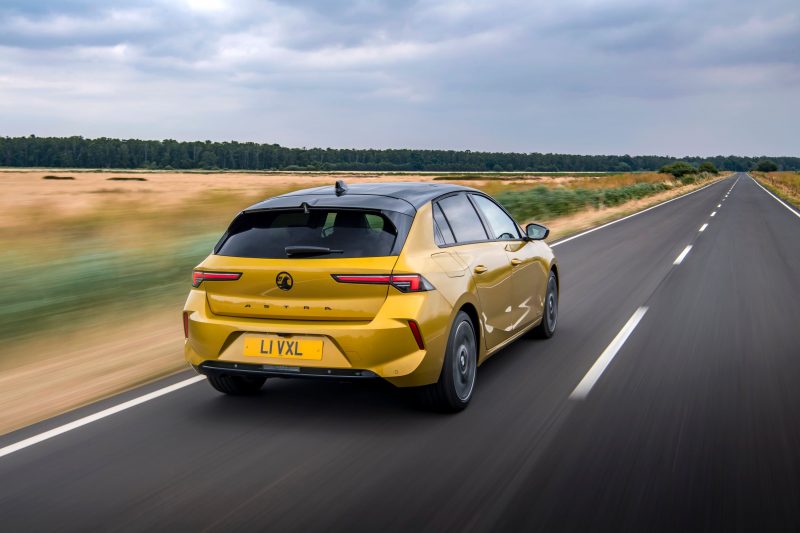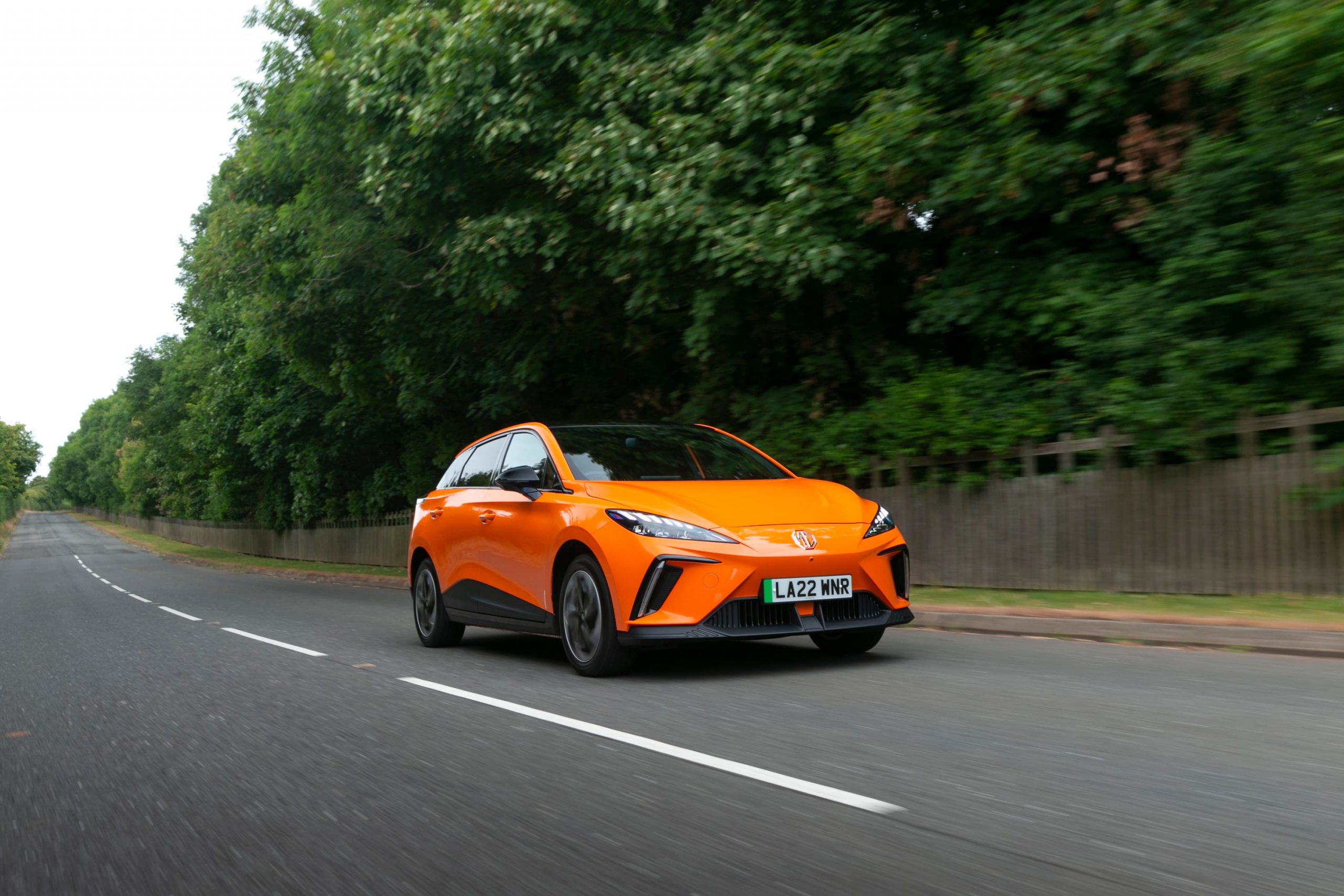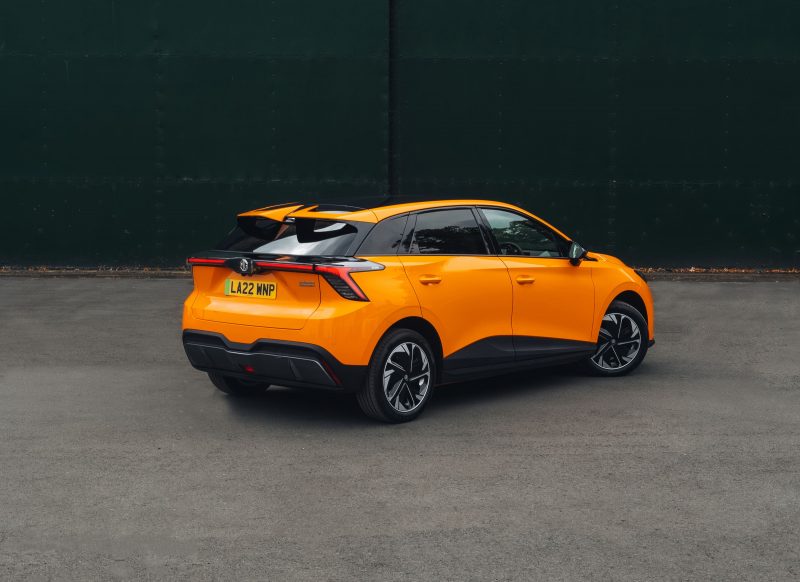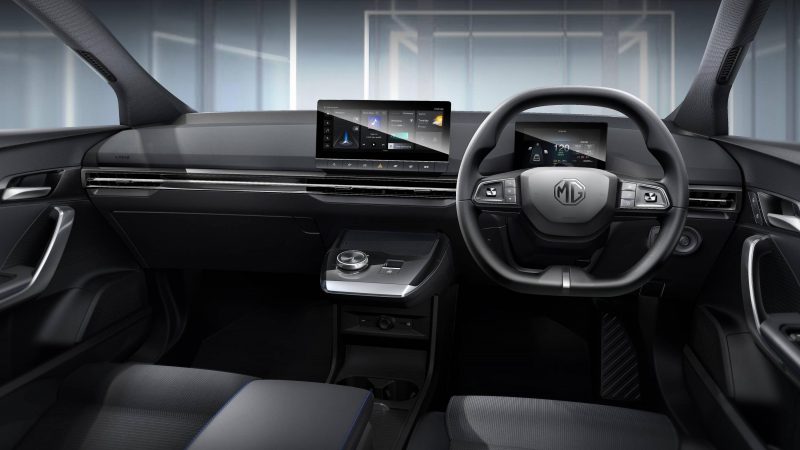Ford is back with a next-generation of its Ranger – debuting in extreme Raptor form. Ted Welford heads to Barcelona to put it to the test.
What is it?
Ford holds a pretty enviable position in the pick-up market. Its F-150 is the best-selling truck in the States, while here in the UK the Ranger dominates proceedings – accounting for more than half of sales in this segment.
And sitting at the top of the Ranger line-up as the halo version is the Raptor. While only taking up a small fraction of Ranger sales, this toughened-up, sports-tuned truck still makes up for one in 20 pick-ups sold in Europe. Now Ford is back with a next-generation version, bringing a whole wealth of improvements.
What’s new?
This latest Ranger introduces a number of key upgrades, not least on the interior where a new 12-inch portrait touchscreen dominates proceedings.
But our focus is the Raptor – the only true extreme off-road’ pick-up sold in the UK. Showcasing its importance, it arrives on sale several months before standard Ranger models. It’s a sizable thing to behold, sitting noticeably higher up thanks to its tough Fox suspension setup, which has been re-engineered. There’s a new front locking differential to help with extreme terrain, while the key highlight is the arrival of a new, powerful petrol V6 engine.
What’s under the bonnet?
Previously UK Raptors were offered solely with a 2.0-litre diesel engine, and though this will return a few months down the line, the real highlight here is the new turbocharged 3.0-litre V6 petrol unit.
Producing 288bhp and 491Nm of torque, it’s almost 100bhp up on the diesel, and immediately gives the Raptor a sportier focus. Accelerating from 0-60mph takes just 7.7 seconds – bear in mind this truck weighs nearly 2.5 tonnes unladen – while it will keep going to 111mph. Ford’s 10-speed automatic gearbox is also used, with an electronic all-wheel-drive system adopted.
The elephant in the room is the frankly abysmal running costs. Ford claims just 20.4mpg and CO2 emissions of 315g/km. If you care even the slightest about fuel bills, it will likely be worth waiting for the more efficient diesel.
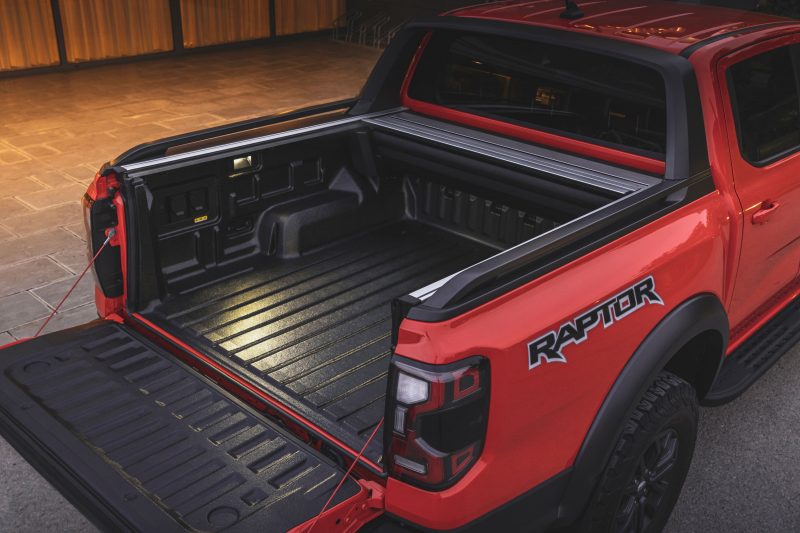
What’s it like to drive?
The Ranger Raptor is a truck like no other. Designed to be one of the most capable ‘off the shelf’ vehicles around, its talents are staggering. Our test route involved some impressively daunting rock climbs, and extreme, steep descents, and it felt like it was hardly working up a sweat. There are front and rear locking differentials and that bespoke Fox suspension setup is entirely different to a regular Ranger.
The Raptor is a model developed by Ford Performance too, and that’s really amplified with this V6 engine. The power on offer is superb, while a new active exhaust system gives this Ranger a burble that you just can’t help but smile at. A ‘quiet’ setting is available, though, so you don’t have to fall out with your neighbours.
To embrace the full madness of the Raptor, however, you need to put it in the Baja mode (one of seven different driver settings), though Ford stresses this is for off-road settings only. It offers the full performance of the Raptor to be unleashed, allowing for ridiculous sideways action.
How does it look?
Though there’s no denying the Raptor’s off-road pedigree, it’s no secret that the majority of these models are bought for the way they look. It’s possibly one of the most aggressive vehicles on the road, with its crazy ride height (those side steps are needed to help you access it more than anything) and chunky bumpers looking particularly assertive.
Even though the standard Ranger is hardly a shrinking violet, the Raptor is noticeably angrier. There’s the imposing FORD lettering on the grille, combined with new wraparound C-shaped LED lighting at the front. You can go even bolder by optioning the new Raptor-exclusive Code Orange paint colour, as well as a special decal pack.
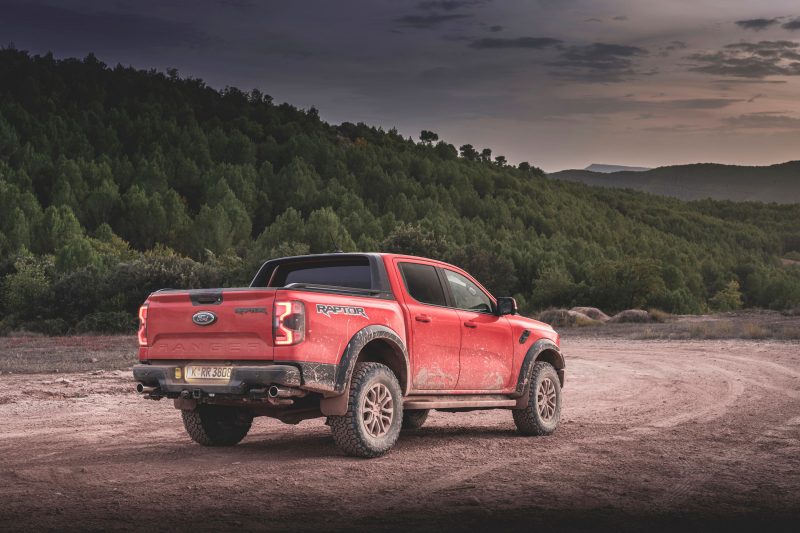
What’s it like inside?
The last Ranger’s cabin was starting to show its age, so this new Raptor feels like a real step forward, not least helped by the new 12-inch touchscreen. Benefitting from Ford’s latest software, it’s as good to look at as it is to use. Ford’s also brought back traditional climate buttons, which are very welcome – not least when off-roading.
The quality feels like a step up, too, with new red accents and leather and Alcantara seats ‘inspired by fighter jets’ giving the cabin a welcome lift. One gripe, though, is the rather flimsy drive mode selector dial, which feels like it could come off in the palms of the heavy-handed.
This new Raptor also continues to suffer from the same practical problems as its predecessor. Because of the revised suspension, its payload is capped at 652kg, while its 2.5-tonne towing limit is down a tonne on the standard model.
What’s the spec like?
The Raptor is laden with off-road features – those Fox dampers don’t come cheap, and neither does that sports exhaust and the raft of other changes Ford makes to transform a Ranger into a Raptor.
But the spec is generally excellent, including Matrix LED headlights, a 10-speaker B&O sound system, keyless entry and electric and heated front seats.
All that kit brings it in at a rather eye-watering £58,900 once all on-the-road costs have been included. Because of the payload, the Raptor isn’t classed as a ‘dual purpose’ light commercial vehicle, meaning business users aren’t able to claim the VAT back or gain from the low benefit-in-kind tax that pick-ups usually offer. This could be a sticking point if you’re buying with your ‘sensible’ head on.
Verdict
While Ford is getting understandably sensible with its electrification plans (just look at the news the Fiesta is being discontinued as the brand goes EV-only), the Ranger Raptor feels like a true final blowout for a big, silly-engined pick-up.
It’s a remarkable feat of engineering that manages to feel like a skunkworks project, when in fact it’s built by one of the world’s largest car makers. Its off-road capability is unmatched, and it somehow manages to be even more ‘tough’ than before. Combined with a more modern cabin, its hilarious V6 engine, and its sports exhaust, the Ranger Raptor can bring a smile to your face whatever the occasion. Until you reach a petrol station, that is…
Facts at a glance
- Model: Ford Ranger Raptor
- Price: £58,900
- Powertrain: 3.0-litre turbocharged V6 petrol engine
- Power: 288bhp
- Torque: 491Nm
- Max speed: 111mph
- 0-60mph: 7.7 seconds
- CO2 emissions: 315g/km
- Economy: 20.4mpg

